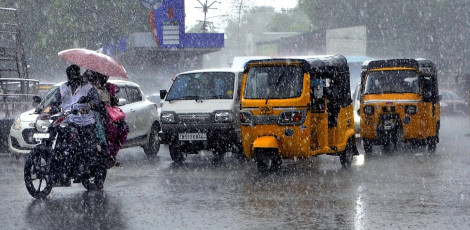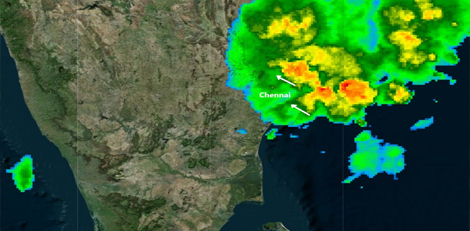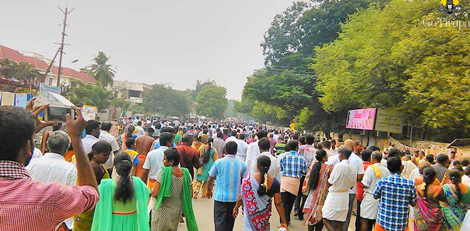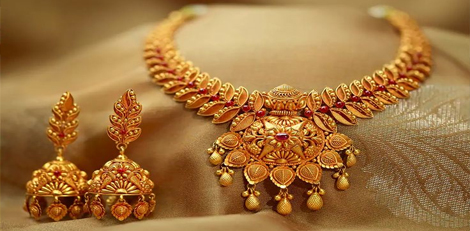A brief history behind Independence Day 2017
Posted on: 14/Aug/2017 10:26:42 PM
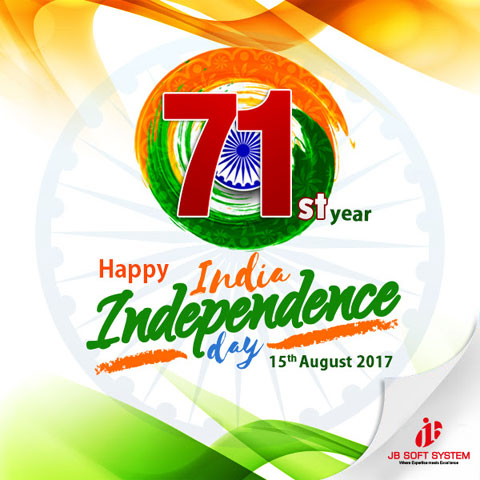
Tomorrow, the 15th August, India will be celebrating its proud 71st Independence Day. In Red Fort, all the official celebrations are set to take place. Our nation got its independence from the British colonialism after struggle for years and a lot of sacrifices by our revered freedom fighters.
Across the country, this special day is celebrated with full enthusiasm. There will be magnificent cultural events taking place at schools and colleges and they altogether pay homage to all the freedom fighters of the country. The tri-color flag is hoisted and national anthem sung on this special day.
Significance of the day
The history of colonization started with the entry of East India Company in 1600s. They entered the country and began with exercise military and administrative control.
Because of the enormous military strength, they began with overpowering and suppressing the kingdoms functioning locally and they kept ruling a few parts of the nation. It was then in 1757 that they set their presence throughout many parts of India.
Because of the unfair rule, there was resentment spread throughout the country. The local population started revolting against the new rules. In 1857, the very first revolt began against the British rule. There were a group of Indian soldiers fighting against British ranking in Meerut. This is what history calls the Great Struggle of 1857 or Sepoy Mutiny. This was the beginning of the freedom movement in India.
In the following year, the direct control over India moved on to the hands of British Crown. Between 1858 and 1947, the Britishers continued governing the country and had governor-generals and viceroys as representatives across states. There were massive discriminations against Indians in their own mother land. As days passed by, situations got worse.
The Jallianwala Bagh massacre or the Amritsar massacre took place on 13th April 1919. On this day, there was a huge crowd thronged at Jallianwala Bagh in Amritsar, Punjab. They gathered in order to show their stand against the arrest of 2 prominent national leaders in a non-violent way. The 2 were Sathya Pal and Dr Saifuddin Kitchlew. The crowd also included Baisakhi pilgrims. People from other cities unaware of the marital law were also gathered.
Upon orders by the General Reginald Dyer, the troops started firing their machine guns against the crowd of Indian protestors. There were more than 1000 people who lost their lives badly! This kick-started the non-cooperation movement as a protest to the incident.


